MAN O WAR
MAN O WAR
A Legend Like Lightning
DOROTHY OURS
ST. MARTINS PRESS  New York
New York
MAN O WAR . Copyright 2006 by Dorothy Ours. All rights reserved. Printed in the United States of America. No part of this book may be used or reproduced in any manner whatsoever without written permission except in the case of brief quotations embodied in critical articles or reviews. For information, address St. Martins Press, 175 Fifth Avenue, New York, N.Y. 10010.
www.stmartins.com
Design by Ruth Lee-Mui
Library of Congress Catalogihtmlng-in-Publication Data
Ours, Dorothy.
Man o War : a legend like lightning/Dorothy Ours.1st ed.
p. cm.
ISBN 0-312-34099-0
EAN 978-0-312-34099-5
1. Man o War (Race horse) 2. Race horsesUnited StatesBiography. 1. Title.
SF355.M3 O97 2006 |
798.400929dc22 | 2006041631 |
First Edition: May 2006
10 9 8 7 6 5 4 3 2
To all of my teachers, human and otherwise
CONTENTS
PROLOGUE
The Legend of Man o War
T HE HORSE REMINDED his owner of lightning, but not ordinary streak lightning that flashes once and rolls away. This horse seemed to set off a chain of strikes that raced across the entire landscape and lit up the whole sky He filled his handlers with exhilaration and fear, as if they were swept up in a rare form of electrical storm. His impact, in fact, would never leave them. As long as these insiders lived, people would stop and ask them for the real story of the Thoroughbred racehorse named Man o War.
The horse had become world-famous in 1920, while Babe Ruth revolutionized baseball and Louis Armstrong began reinventing jazz. His genius, like theirs, would intrigue each new generation. Eight decades after Man o War retired from racing, the sports world-class Keeneland Library in Kentucky still received more questions about him than any other subject. In 1999, a panel of experts assembled by racings prestigious The Blood-Horse magazine voted Man o War the number-one American racehorse of the twentieth century, with the magnificent Triple Crown champion Secretariat at number two. The majority had answered an unanswerable questionWho is the greatest of all time?by honoring the equine equivalent of the Sultan of Swat and Satchmo.
Like any lasting legend, Man o War combined unique quality with perfect timing. Setting an unprecedented number of speed records, he became old-fashioned horse racings modern response to automobiles and flying machines. Wowing crowds with his majestic good looks, he shared photo spreads and newsreels with top-ranking politicians and movie stars. Newspapers described him as a super-horse who never reached the limit of his abilities. A few people close to Man o War knew the more complicated truth. His owner, trainer, and jockeys learned how partnering with a Thoroughbred hero could raise a person to intoxicating heights and curse a person with accusations that would never die.
MAN O WAR
1
TWO WARS BEGIN
I N THE GREEN HILLS of Kentucky, nine days after riding his first winner, an apprentice jockey named John Patrick Loftus got an offer to sell his soul. Fourteen years old, still wearing knee pants when not in jockey uniform, he entered the fifth race at Latonia on Friday, June 24, 1910, with an angel on one shoulder and a devil on the other. His mount, a classy colt named Boola Boola, could win easily. But Johnny would be far richer if he made Boola Boola lose. Thursday night, during a streetcar ride, a stranger had propositioned him: two hundred dollars to pull Boola Boola, and make long shot First Peep a sure thing.
Two hundred dollars. In 1910, that would buy ten ounces of gold or a thousand large cans of Van Camps pork and beans. Whatever Johnny wanted, that quick money might be the highest peak he would ever reach. Many apprentice jockeys outgrew the job within months. Johnny weighed less than 100 pounds right now, but with his stocky build, he wouldnt stay light for long. Also, as long as he remained a jockey, he performed a very dangerous job. On June 8, the day after Johnny debuted at the Latonia meet, a veteran jockey named George Glasner had suffered life-threatening injuries when his horse fell during a Latonia race. When Johnny got offered two hundred dollars to pull Boola Boola, Glasner remained hospitalized and seemed unlikely to ride ever again.
Now, for losing one race, Johnny Loftus could pocket a fortune that his growing body and risky job might keep him from earning honestly if he was willing to betray the trainer who believed that Johnny could be a successful race rider, and the racehorse-owning senator who trusted him with Boola Boola.
Riches, or respect? As Johnny reined Boola Boola onto the track, his life balanced over a tiny saddle about four inches wide. His career balanced between truth and deceit.
Thunder, lightning, and drenching rain broke the oppressive heat at Latoniaknown to sweating horsemen as Death Valleymidway through the program on that Friday afternoon. Casual fans fled. Only horsemen and devoted gamblers stayed, and a reporter noticed the diehards wagering heavily on their choices. Steering Boola Boola through the monsoon, Johnny Loftus made his choice. At the finish, he held the lead by an easy length. Only one horse launched a serious rally: First Peep, gaining like mad through the homestretch, rushing up into second place.
Having kept his soul, Johnny could have kept quiet. Instead, he talked about the bribe. That should have shown what an honest boy Johnny Loftus was, letting people know that they could trust him with their good horses. Their actual response must have been a shock.
Latonia laughed it off. Johnny couldnt have been tempted on Thursday night, they said, because he hadnt been hired to ride Boola Boola until Friday morning . Loftus and those responsible for bringing the matter to the attention of the [racetrack] judges are being held to ridicule, the Louisville Courier-Journaldeclared . The lads misrepresentation of facts may cause him to lose his license. But he did not.
At second glance, logic supported Johnnys story. By Thursday morning, Boola Boolas people had known that their colt would carry only 92 pounds in Fridays race. Few jockeys could ride that light. Ted Rice, the veteran who had finished fourth with Boola Boola in the Kentucky Derby, couldnt do it. Loftus was Latonias leading lightweight. In the sharp-eyed small town of racetrack life, a generous stranger easily could figure the probabilities, or even pay for not-yet-public informationand, in a public place, catch up with the new young rider who didnt know all of the serious gamblers by sight.
Crooked gamblers enjoyed another sweet advantage. Although newsreels flickered in every neighborhood nickelodeon, racetracks didnt film horse races. If Johnny decided to take a dive, his trip with Boola Boolalost in mud and rain and timecouldnt be reviewed. But immediate impressions written down by professional chart makers did remain. While Boola Boola No one asked whether Graingers rider had dealt with a streetcar stranger.
Surviving the ridicule, Johnny Loftus learned a lesson. It wasnt Dont make up stories. It was Keep your mouth shut.
He would live by that lesson nine years later, when he rode the horse named Man o War.
Latonias leading trainer during the summer of 1910 was an almost mummy-thin thirty-four-year-old veteran of Western cattle drives, livery stables, and county fair races. His name was H. G. Bedwell. Officially, the H.G. stood for Harvey Guy. Bedwell insistedand liked to provethat it stood for Hard Guy.


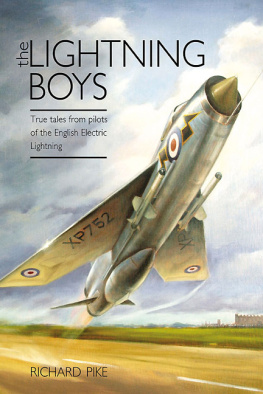
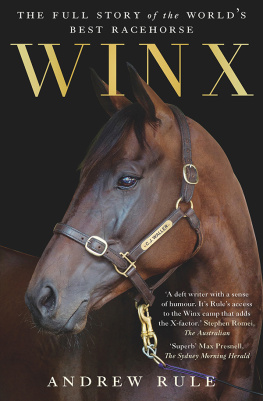
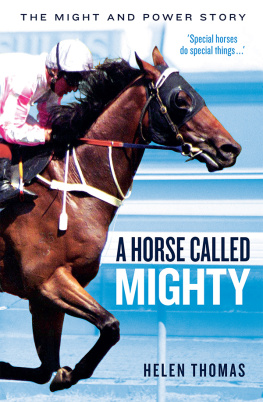
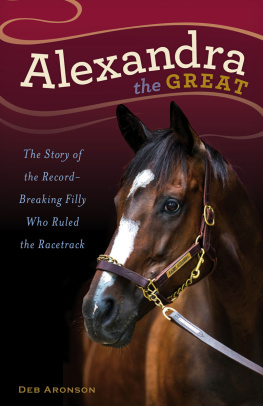
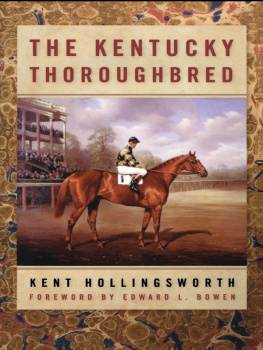

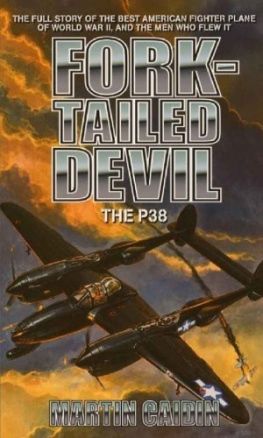

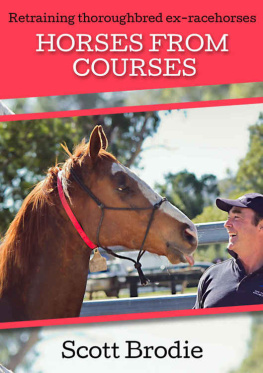

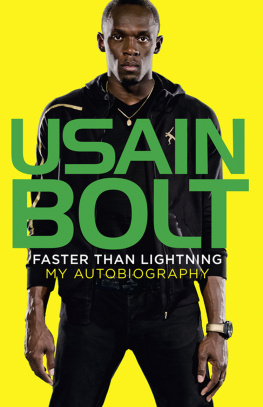
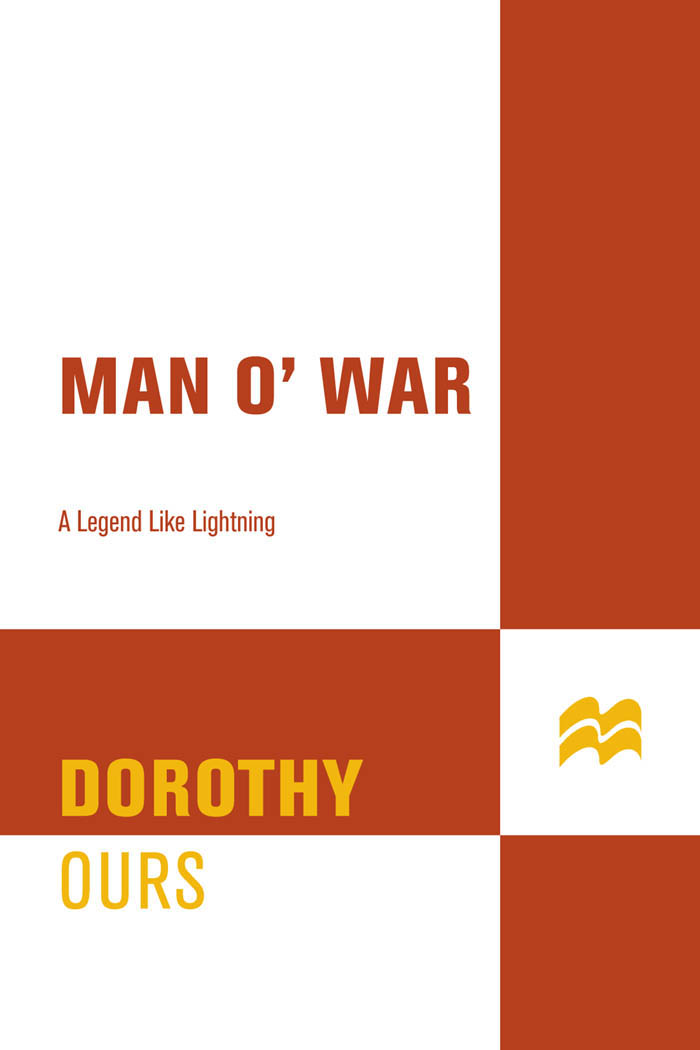
 New York
New York